In the field of green and environmentally friendly new energy, industrial and commercial photovoltaic energy storage systems have become a popular choice for enterprises to save energy, reduce emissions, and reduce operating costs due to their clean and renewable energy characteristics. However, any commercial solar PV panels installation requires careful planning before installation, perfect implementation during installation, and professional maintenance during use after installation. This article will introduce you to the precautions for the construction of commercial solar PV panels installation from three aspects, so that you can steadily move forward in choosing the investment path.
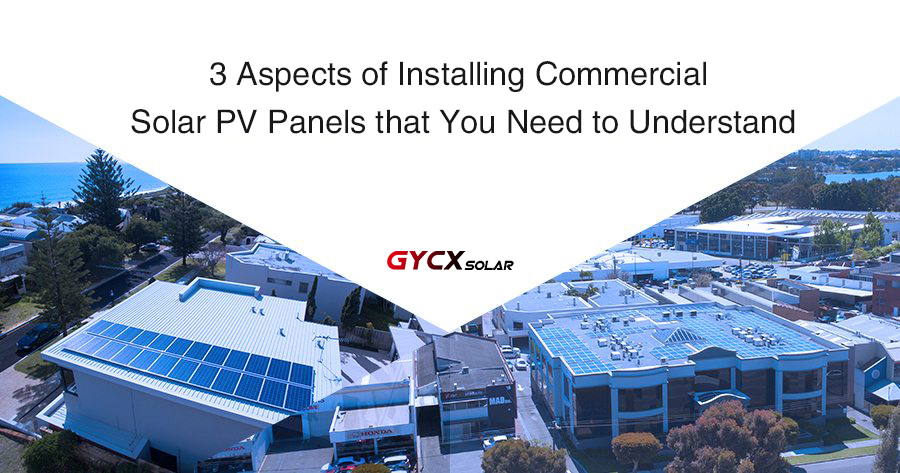
1.The top ten golden rules you can apply when commercial solar pv panels install
1.1 Pre installation work for commercial solar pv panels
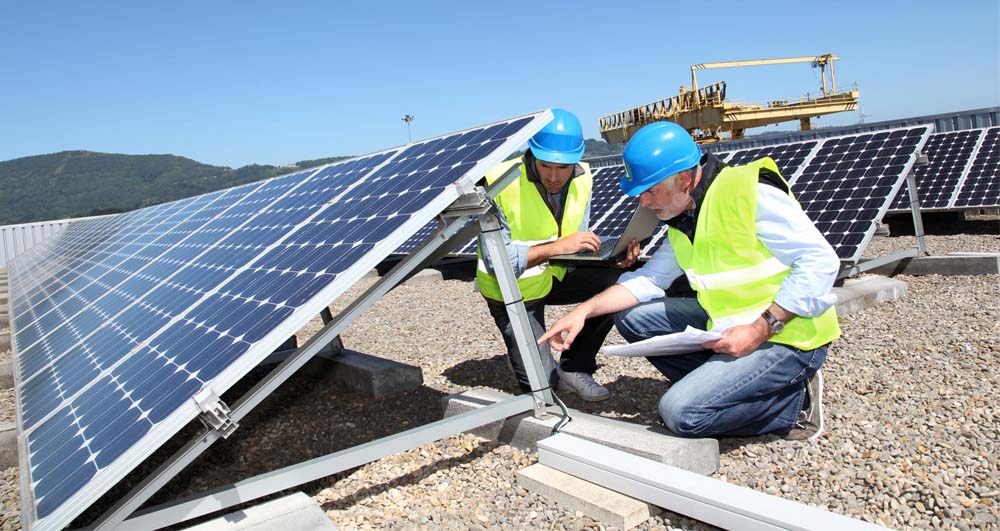
1.1.1 Evaluation and Planning
Before the construction of the commercial solar PV panels installation, a meticulous evaluation is required in the early stage, including a comprehensive inspection of the outdoor sunlight conditions, shading, roof structure, load-bearing capacity, etc. in the installation site. And the design plan for indoor installation space, including the connection to the power grid and the required length of equipment wires. The policies and regulations that a plan should comply with, as well as the cost investment and return that can be enjoyed, are also important considerations.
1.1.2 Selection of the Site
Site selection is an important step in the commercial solar pv panels install. For outdoor installation, priority should be given to selecting an unobstructed and well lit roof area. Reasonable installation orientation can improve the power generation efficiency of photovoltaic panels, while reducing cable losses and maintenance costs.
1.1.3 Select device model
The selection of important equipment such as photovoltaic modules and inverters in commercial solar PV panels installation has a direct impact on the operational performance and service life of the entire system. Choosing high-quality products is the key to ensuring the long-term stable operation of the photovoltaic system.
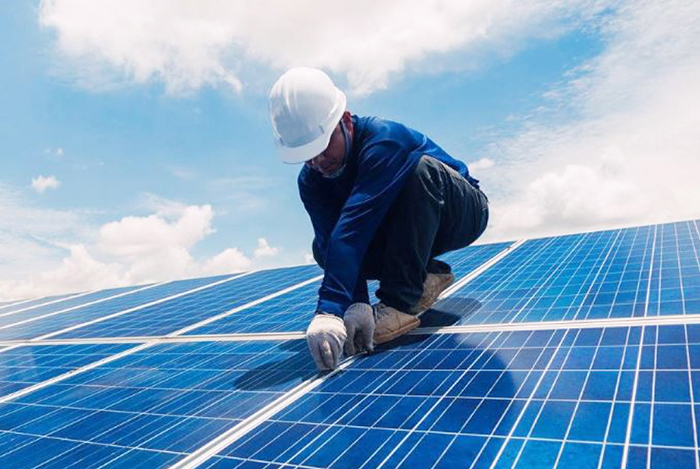
1.2 During the installation of commercial solar pv panels
1.2.1 Installation construction and safety standards
During the installation process, safety requirements must be strictly followed to ensure the personal safety of construction personnel. The installation quality is directly related to the operational efficiency of photovoltaic modules and the safety of the system and personnel, and construction must be carried out in accordance with professional standards.
1.2.2 Connect to the power grid, debug and set up
If it is necessary to connect to the power grid in a photovoltaic project, proper communication with the local public power grid company is required before connection to ensure that the conditions for connecting to the power grid are met. After connection, system debugging and optimization should be carried out in a timely manner to ensure that the work operates in the best state.
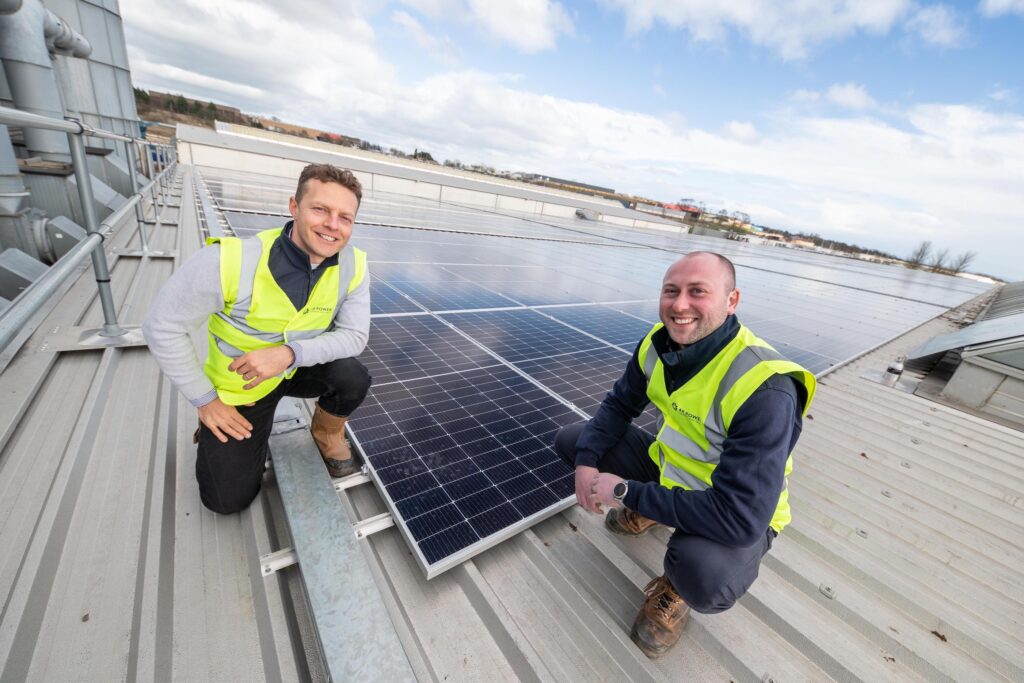
1.3 After installing commercial solar pv panels
1.3.1 Operation maintenance and preventive testing
Professional operation and maintenance, as well as regular maintenance management, are key to the long-term stable operation of photovoltaic power generation facilities. Cleaning photovoltaic panels and timely replacement of aging equipment are necessary tasks to ensure the stable operation of commercial solar PV panels. At the same time, establishing effective fault prevention and emergency response processes is also crucial.
1.3.2 Performance monitoring
Install a detection system to track the power generation efficiency and operational status of commercial solar PV panels in real-time. Staff can also discover and solve problems in a timely manner through data, and optimize projects based on the data, thereby improving power generation efficiency.
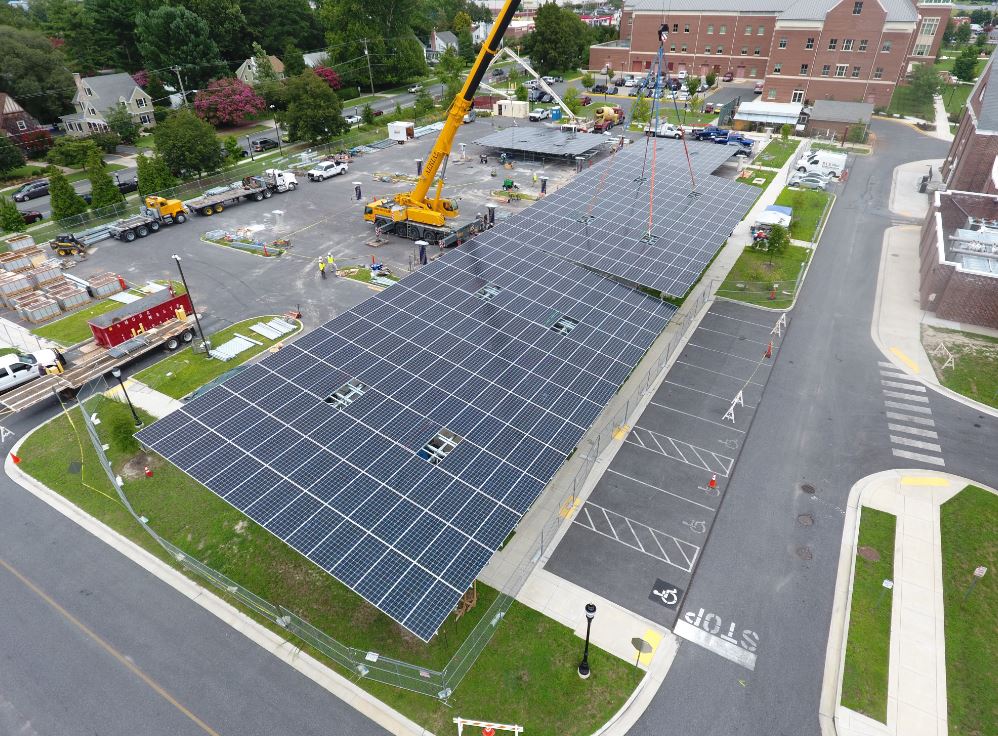
1.3.3 Investment costs and economic returns
The price of establishing industrial and commercial photovoltaic systems is different from that of household use, and the higher initial investment cost is also the top priority that end users will consider. GycxSolar’s one-stop service will provide the most economical solution. Appropriate investment budget, high-quality equipment models, high-quality construction techniques, and professional operation and maintenance management are the main conditions for improving the economic benefits of photovoltaic projects.
1.3.4 Green environmental protection and sustainable development
Commercial solar PV panels installation not only brings corresponding economic benefits to users, but also benefits environmental protection and sustainable development. Solar energy itself is a green and environmentally friendly new energy source. When selecting equipment models and construction materials, environmental performance should be given priority, and the impact of operating facilities on the environment should be minimized as much as possible.
1.3.5 Adaptation policies and government subsidies
Commercial solar PV panels installation can fully utilize national and local clean energy policies, timely apply for eligible subsidies and preferential policies, significantly reduce investment costs, and improve project economic benefits.
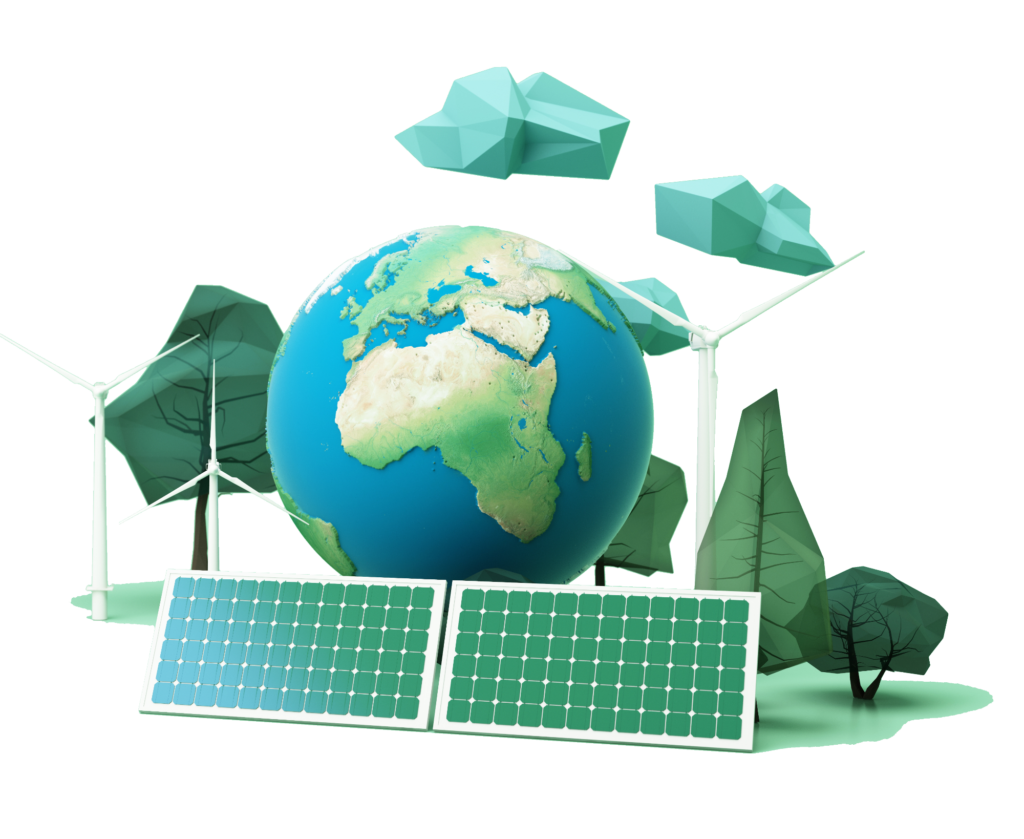
Mastering the ten golden principles for building commercial solar PV panels installation can not only ensure efficient and stable operation of investment projects, but also have long-term economic and excellent social benefits while saving energy and reducing emissions.
2. Strategy for optimizing commercial solar PV panels installation to improve efficiency and reduce costs
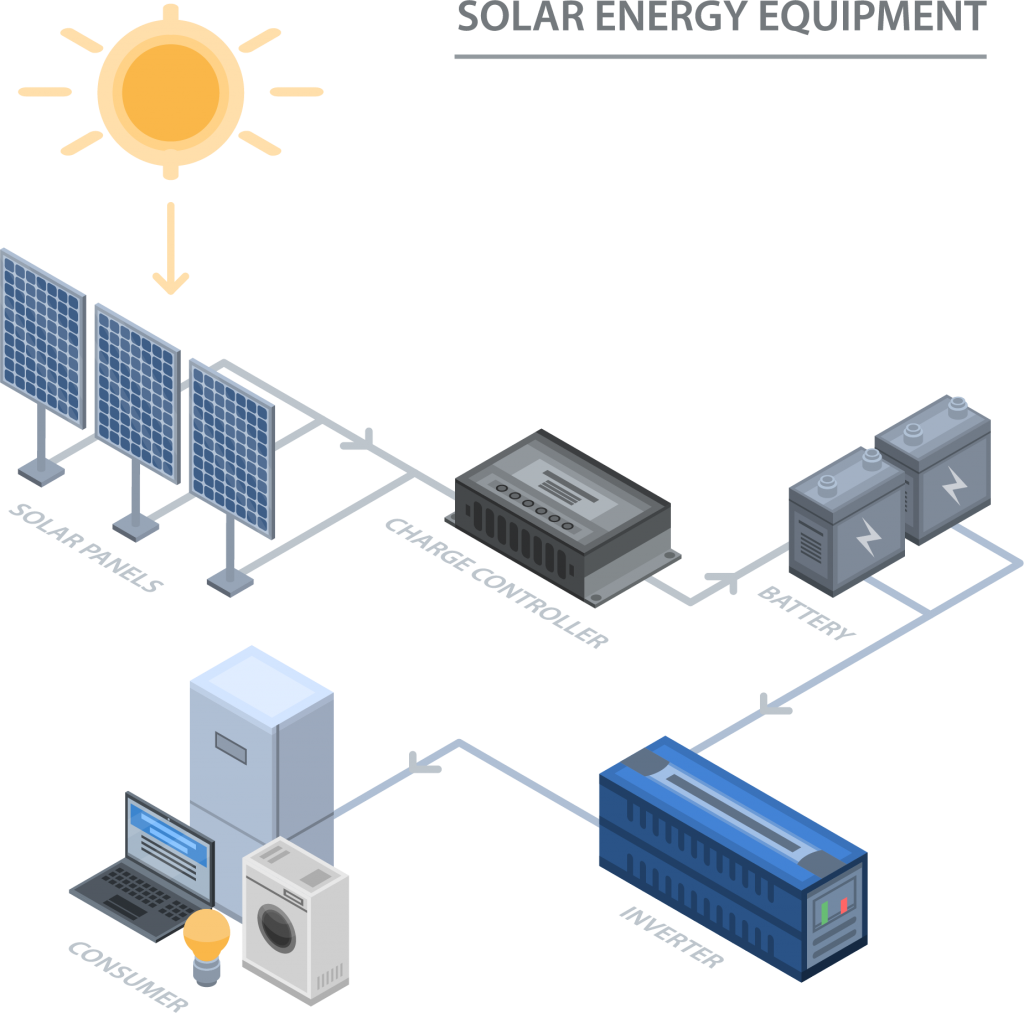
2.1 Equipment selection: a trade-off between efficiency and cost
The two most important considerations when choosing photovoltaic modules are efficiency and cost. Efficient accessories have higher prices, but can provide more energy conversion output efficiency and stable long-term economic benefits. In the current market, although polycrystalline silicon modules are highly competitive due to their low cost, products made of monocrystalline silicon materials are more favored due to their high efficiency and stability.
2.2 Installation layout: optimizing space and energy harvesting
The layout design of commercial solar PV panels installation must consider the building’s own characteristics and structure, such as roof area, orientation, presence of obstructions, and surrounding environment. These variables have a direct impact on the installation angle, direction, and layout of photovoltaic panels.
2.3 Component matching: the key to improving system performance
Inverters are not only responsible for the conversion of current from DC to AC, but modern inverters are often equipped with smart grid systems to respond to customer needs, so they are also responsible for managing and monitoring energy to a certain extent. Therefore, the selection of inverters is crucial for the overall performance of photovoltaic systems. Depending on the system size and requirements, there are options for centralized, series, or miniature inverters to choose from.
2.4 Monitoring and maintenance: Ensure long-term stable operation of the project
An effective monitoring system can track the performance of photovoltaic systems in real time, so that dedicated personnel can promptly identify and solve problems. Effective and targeted optimization of the system can be achieved through data analysis, extending the lifespan of the equipment.
At the same time, in terms of hardware facilities, it is also necessary to regularly clean outdoor photovoltaic panels and other equipment. The content and frequency of maintenance plans should be customized according to local climate and environmental parameters.
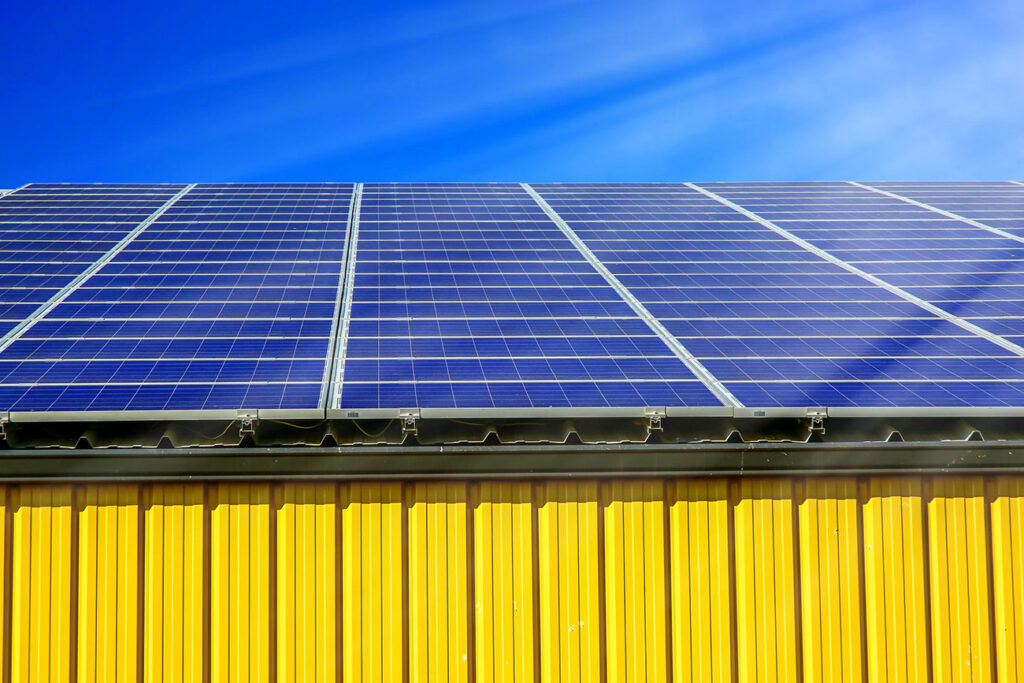
2.5 Economic benefit analysis: investment and return
When developing photovoltaic systems, it is necessary to comprehensively examine the initial investment cost, expected return, and policy and regulatory support of the project, and evaluate its economic benefits to determine the investment amount of the project. The policies and incentive measures of the country and region also have a positive impact on the promotion of solar energy projects. Understanding and implementing various subsidies, tax reductions, and green credit laws can improve the investment attractiveness of projects, so as to give customers more confidence and participation.
The design of commercial solar PV panels installation is a complex project that requires careful consideration of many technical and economic issues. GycxSolar carefully plans and designs efficient and cost-effective photovoltaic system solutions for you, enabling you to achieve energy independence on an environmentally friendly basis and reduce the required operational investment costs.
3. Lightning protection techniques for commercial solar pv panels install

Thunderstorm weather is a huge safety threat that photovoltaic systems will face. When choosing a photovoltaic system, it is essential to consider how the system can operate safely in thunderstorm weather.
How to ensure the safe and stable operation of photovoltaic systems in thunderstorm weather has become an urgent problem to be solved in the industry. The third aspect will introduce the lightning protection issues of commercial solar PV panels installation, providing users with practical and feasible lightning protection guidance.
3.1 Building a Strong Security Line and Enhancing Lightning Protection Awareness
The lightning protection of commercial solar PV panels installation not only requires attention to protection during equipment installation, but also requires staff to have a strong sense of safety. Enterprises should fully understand the potential threat of lightning to photovoltaic systems, incorporate lightning protection awareness into daily operation and maintenance management, improve employees’ ability to respond to lightning hazards, and build a strong safety defense line.
3.2 Prudent planning to reduce the possibility of lightning strikes
In the initial layout stage of commercial solar PV panels installation, lightning protection issues should be promptly considered. Choose a good installation and placement location, and take other preventive measures such as lightning rods, product grounding wires, etc. to reduce lightning strikes or potential hazards, ensuring the safe and reliable operation of the system during thunderstorms.
3.3 Choose lightning protection equipment to enhance protection capabilities
The lightning protection effect of photovoltaic systems is directly related to the product and equipment properties. In order to maintain stable system operation during thunderstorms, enterprises should choose lightning protection equipment suppliers with good reputation and guaranteed reliability. At the same time, regular inspection and maintenance of specialized lightning protection equipment are also essential. Maintaining optimal operation of lightning protection equipment and enhancing the overall protection capability of the system is also an important part of photovoltaic system installation.
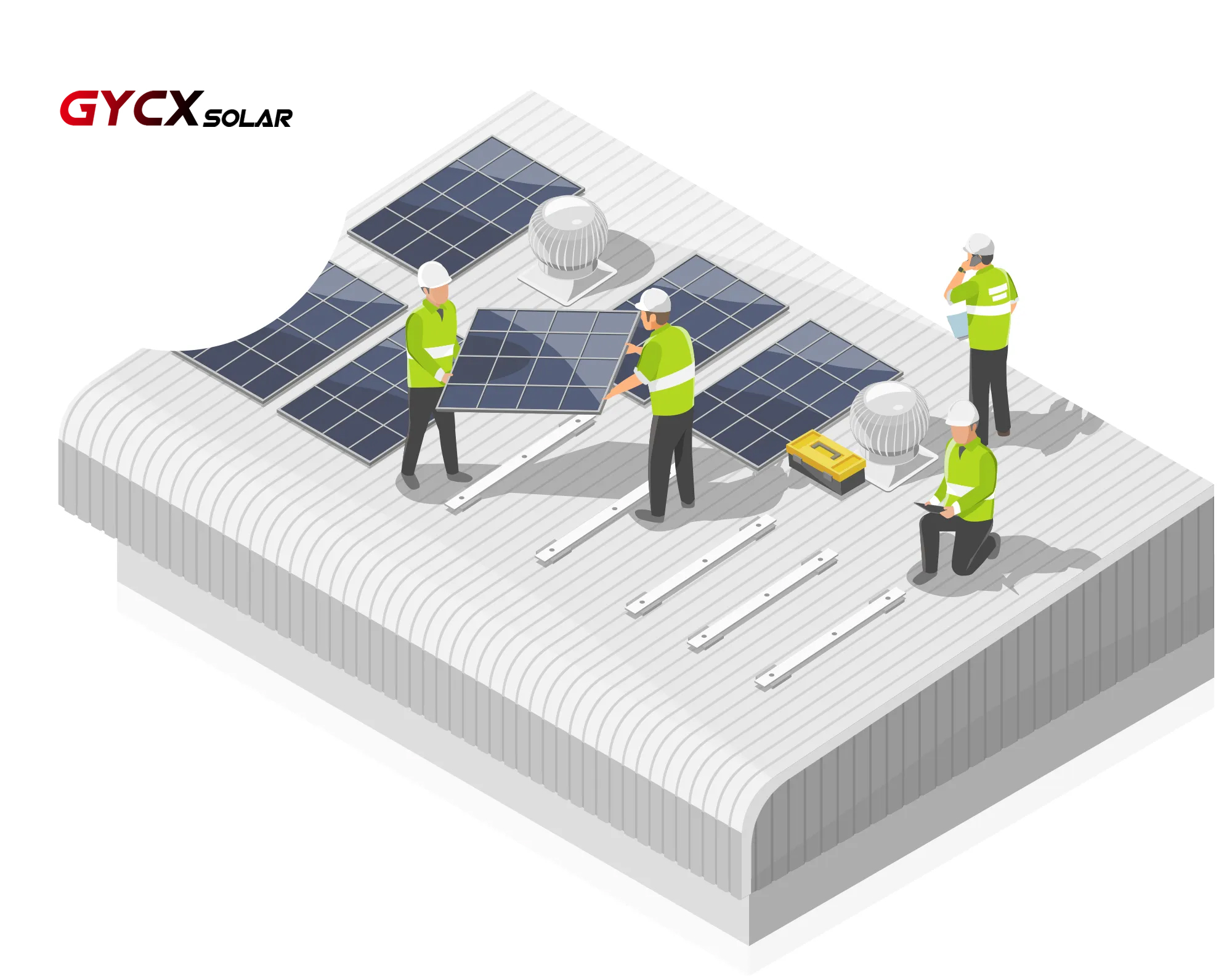
3.4 Monitoring and early warning, timely response
A comprehensive monitoring and early warning system is particularly important in photovoltaic lightning protection. Installing lightning monitoring equipment, establishing an early warning mechanism, and having specialists monitor lightning activities in real time are essential for effective and timely response. Enterprises should fully utilize these modern technological means, improve the monitoring and early warning of photovoltaic systems, and ensure that they can respond quickly and efficiently to lightning weather.
3.5 Develop emergency plans to easily address issues
In addition to the above procedures, enterprises should also develop comprehensive lightning emergency plans in advance. The response procedures for lightning weather should be clearly defined, such as equipment shutdown detection, backup power supply (such as diesel generators) operation, and personnel responsible for troubleshooting details. Regular drills and inspections of the implementation of contingency plans can improve employees’ ability to cope with lightning weather and ensure the safe and stable operation of photovoltaic systems.
Conclusion
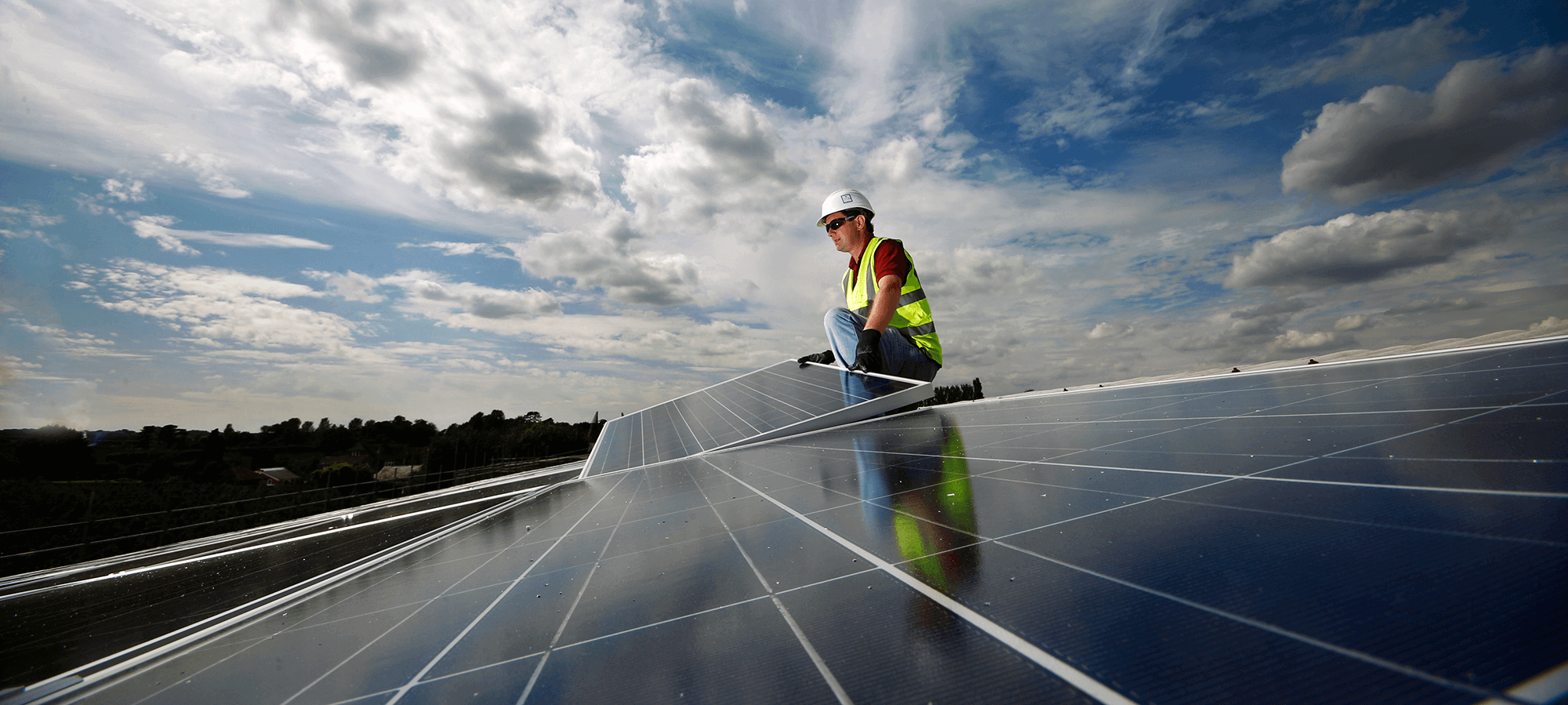
In summary, the installation of commercial solar PV panels is a systematic project that requires starting from multiple aspects. Through different work priorities in the early, middle, and later stages, effective optimization plans for the installation process, and measures such as enhancing lightning protection awareness, reasonable planning and layout, and establishing emergency plans, high-quality construction planning will ensure the smooth progress of your photovoltaic business and stable operation of energy projects.
I believe that with the advancement of technology and the expansion of applications, commercial solar PV panels installation will become easier and more convenient, and the market will become more mature.
